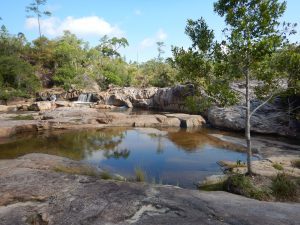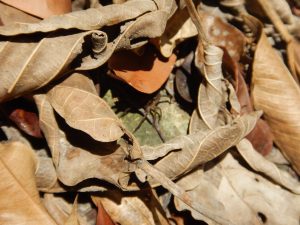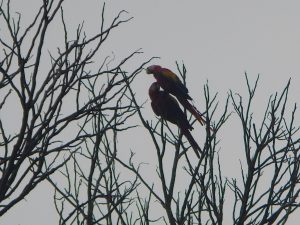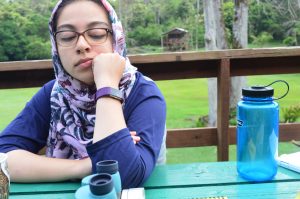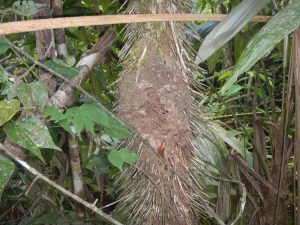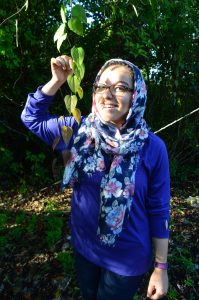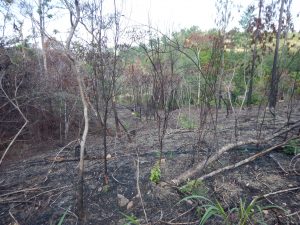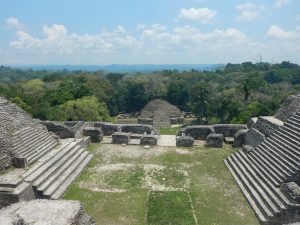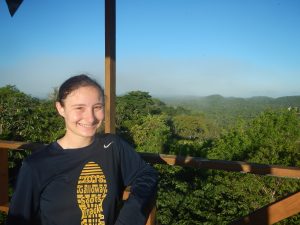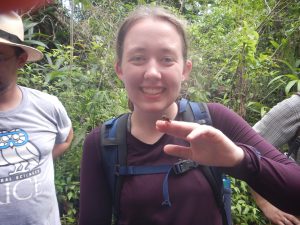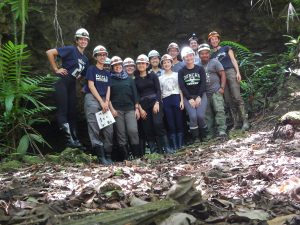I woke up again at 6:15 to finish my blog from the previous day and go birding. We ate a quick breakfast and met outside to regroup before the collection of our urine samples. Before we left, we read sections of the novel Crap Kingdom, which we found in the book exchange in the lab, which was entertaining because it was so bad. We left for our hike and collected our urine samples one by one while making sure to label our samples. We saw a smoothed anole, a Gasterocanthis cancriformis (a type of orb weaver spider) and a jumping spider, all of which were chilling in the leaf litter.

We came back and began sorting through our samples. We used a fish net as a sieve to catch the bugs and sorted through them using microscopes to identify the morphospecies. We all separated our tasks and worked on the poster while sorting through the species. We took a quick break to play in the rain for a while before getting back to work.
We finished our poster while two new groups came in: one was from the Belikan Beer Company and the other was from University of Southern Mississippi. We finished our poster and were asked whether we wanted to present to the other college group. After deliberation, we decided to and presented for all 25 of them. Elena started the presentation with Welcome to Pee-lize so it went really well. After presenting, we went to dinner and ate beans, tortillas, and potato salad. We did our lectures with Kristen covering mammals, Chloe covering reptiles, and Sam talking about tropical diseases. We all went to the lab and headed to bed after working on blogs and notebooks.
Arachnids found: Gasterocanthis cancriformis- small white morph, found on underside of a leaf found in leaf litter of 50-hectare plot; Jumping spider- green spider, jumping around in the leaf litter of 50-hectare plot; Florida bark scorpion- large black with red/brown legs, found on deck outside lab caught in jar by Scott.
All of these were expected






